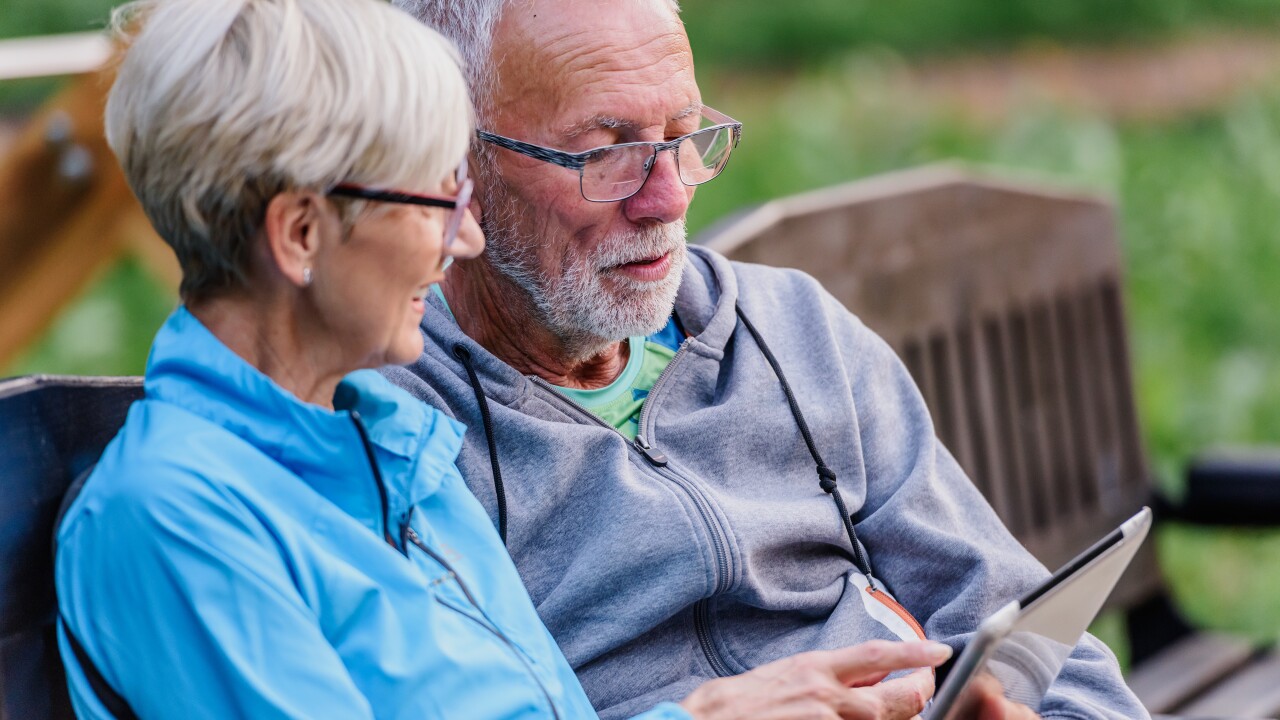Its not every day that you hear about a financial services company that is pushing the envelope when it comes improving the health and well-being of its workforce. Prudential Financials chief medical officer, Dr. Andrew Crighton, explains the success behind the companys health, wellness and work-life programs.
Prudentials health and wellness program has been ahead of the curve when it comes to employee health services and onsite access to medical clinics and fitness facilities. Can you explain how and why Prudential felt having these options available would benefit employees?
Weve long believed what current research has substantiated [and that is] that when employees participate in health promotion programs, performance and engagement can increase, which in turn benefits the employer. It is true that some companies are offering these programs as a way to control rising health care costs. However, our focus is more on supporting our employees efforts to live a healthy lifestyle and maximize their vitality and performance at work and at home for their own good, as well as the firms.
Also see:
Has the program increased overall productivity or helped reduce employees health risk factors?
Over the past four years [2010-2013] per our WebMD health risk assessment results, we have seen a steady improvement in the overall health risks of our population. We have seen a 10% increase in those stratified as low risk and 50% decrease in those at high risk. There have been significant improvements in many individual risks such as stress, depression, and exercise. We have also seen a 25% improvement in our presenteeism score.
How do you define work-life effectiveness, and why is it important for leadership to help deliver the companys health message?
Work-life effectiveness refers to how effectively our employees are able to manage the demands of their personal and professional lives. It can be challenging to juggle competing responsibilities and achieve success in both arenas. Our employees have lives outside of work that enrich who they are and what they bring to our work environment. We want to support them at being the best at home, in their communities as well as at work. Thats why we offer a rich menu of mostly free or significantly discounted services such as child and adult care, flexible work arrangements, life and budget coaching and 24/7 resource and referral to national and local resources. These programs are highly valued by our employees, and help us attract, retain and engage our employees and align with our broad definition of health.
Also see:
This includes physical, emotional, financial, spiritual and social well-being. Its really about being whole and our supportive workplace, with its deeply embedded culture of health, fosters that. For example, when the company provides in-home adult care for our employees aging loved ones or access to flexibility where possible, employees not only can use those programs to help manage their life needs, but the resulting reduction in stress and absenteeism is good for them and the company.
As to leadership, top-down support is needed to encourage participation throughout all ranks and to reinforce the idea that health is prioritized at Prudential. It isnt enough to just have programs, but people need to feel comfortable accessing them. If an employee wants to use part of their lunch hour accessing the on-site fitness facility, they should not have to worry about their manager giving them a disapproving look on their way out. Better still, it would be great to see the manager in the fitness center with employees. Also, because we offer so many programs, it is helpful for our management to be seen as accessible to employees who are having work/life challenges so they can champion helpful programs and encourage their use. An employee who is finding it challenging to drop their child off at day care each morning and then get through traffic to work on time, might benefit from a flexible schedule, which the manager could suggest.
Is there such a thing as too much messaging when it comes to communicating healthy living to employees?
We dont think so. We do know that employees want more information in a variety of channels. People learn and access information differently. So we need to be creative in how we reach them and to constantly re-engage and re-invigorate them in taking accountability for their health. For instance, we have long encouraged healthy eating and supported that with a free healthy cookbook, webinars and discounts on healthy foods in our cafeterias. Within the last two years we've also created a cooking show called Cooking with Crighton that is broadcast to our employees featuring me, one of our executives and our headquarters chef cooking a healthy meal. Its fun, loaded with information and has been a big hit.
Also see:





